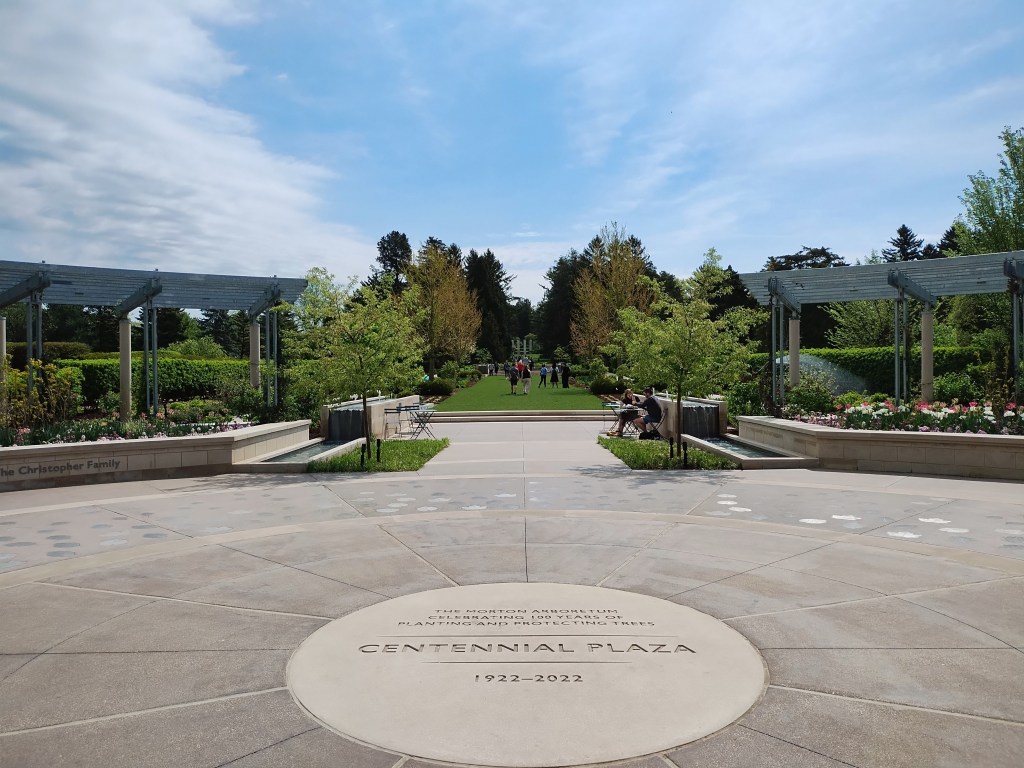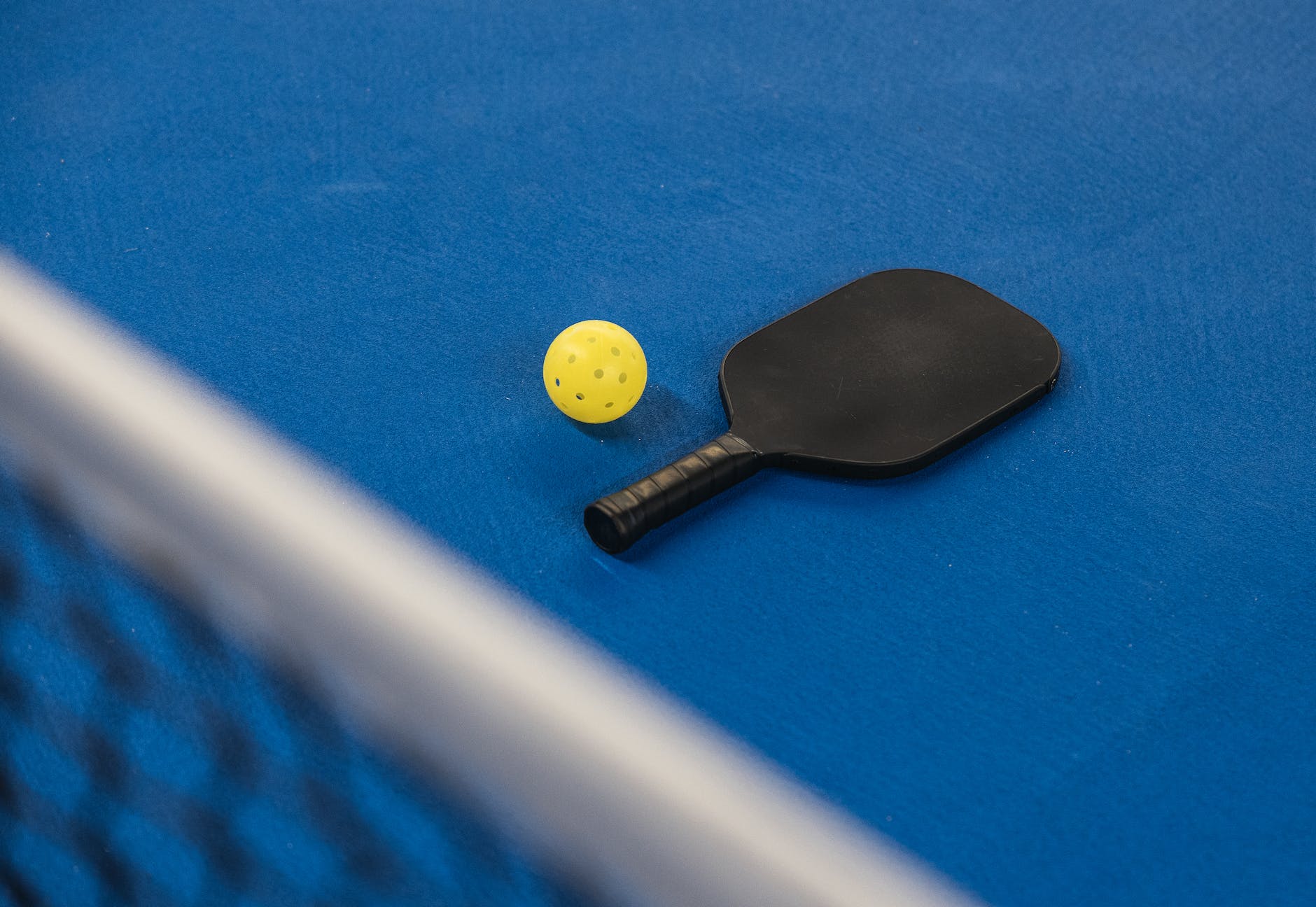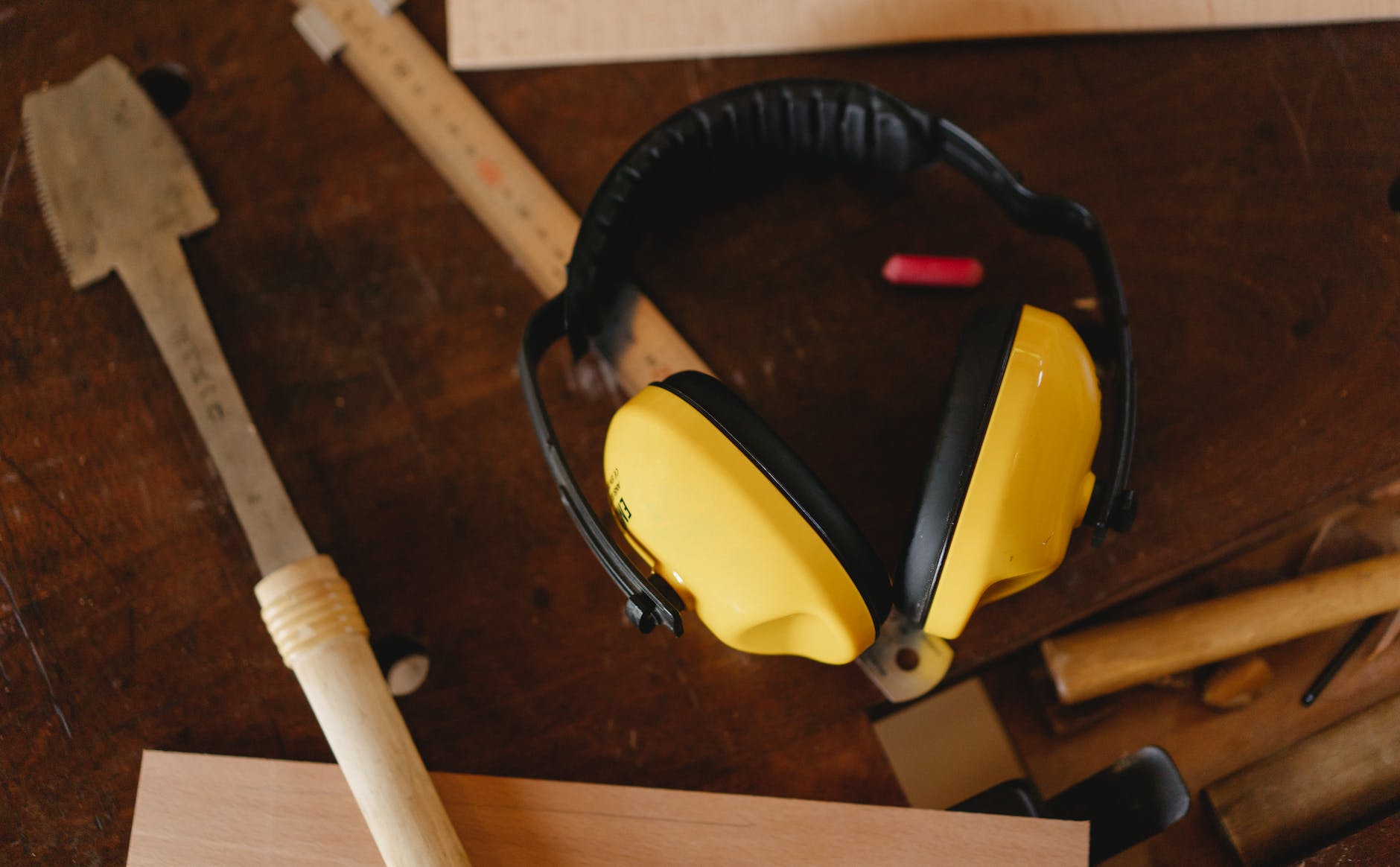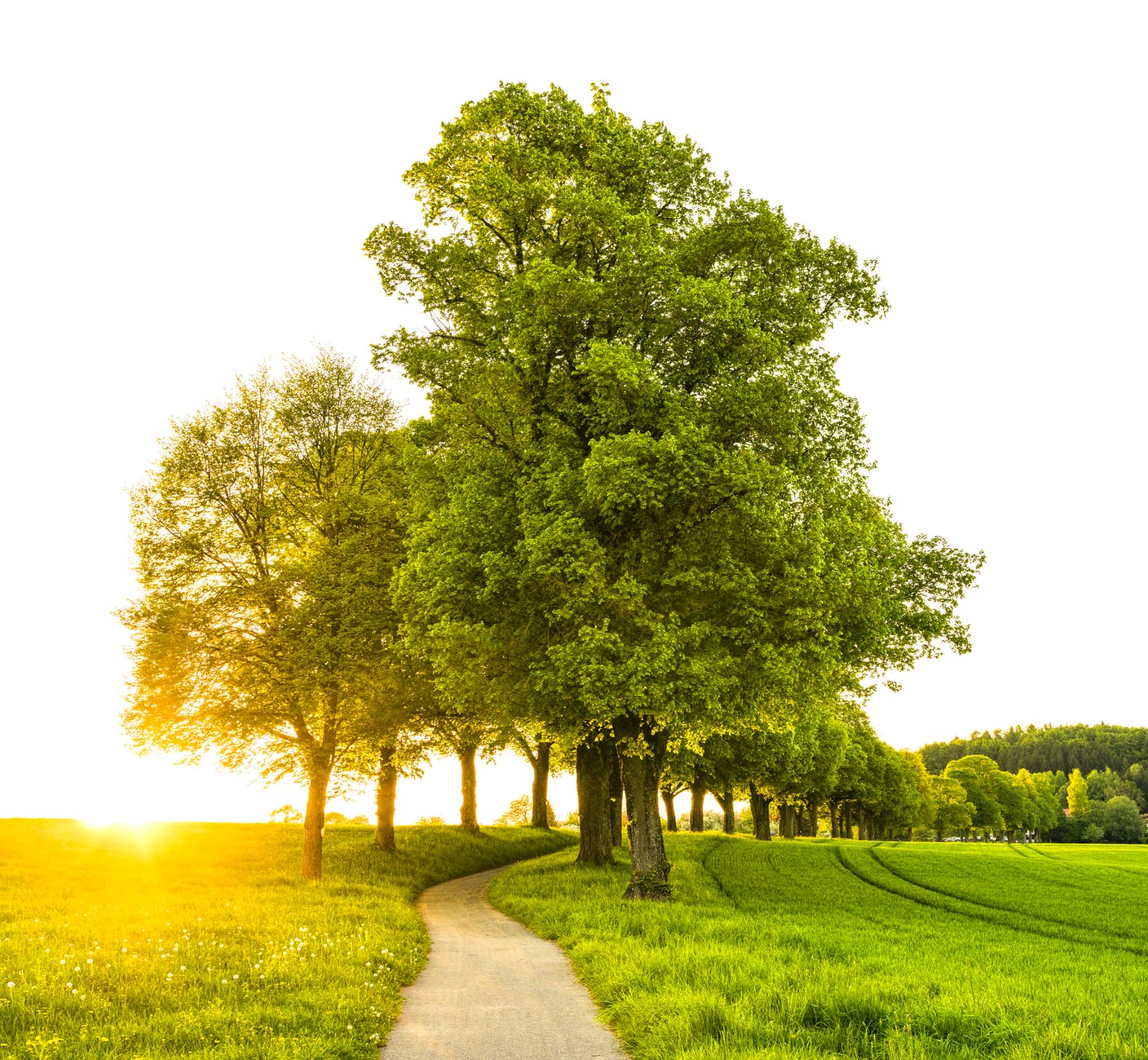Blair Kamin dismisses a proposal to create a High Line like park along LaSalle Street in the Loop in part by appealing to history:
In 1979, as America’s downtowns struggled to meet the challenge of suburban shopping malls, the flavor of the month was the transit mall. Make cities more like suburbs, the thinking went, and they’ll be able to compete. So Chicago cut the number of traffic lanes on State Street from six to two— for buses only — and outfitted the ultrawide sidewalks with trees, flowers and bubble-topped bus shelters…
A recently issued study of the central Loop by commercial real estate brokers Cushman & Wakefield floats the idea of inserting a High Line-inspired elevated walkway through the heart of LaSalle Street. But unlike the High Line or Chicago’s 606 trail, which exude authenticity because they’re built on age-old elevated rail lines, the LaSalle Street walkway would be entirely new — more wanna-be cool than the real thing…
The pathway would combat the perception that LaSalle is a stuffy, “old school” street lined by intimidating temples of finance, the study claims. “With thoughtful modification,” it goes on, “LaSalle Street can become the live-work-play nucleus of the Central Loop.”
Kamin summarizes his proposed strategy:
In short, the way to confront the central Loop’s looming vacancies is to build carefully on existing strengths, rather than reach desperately for a hideous quick fix that would destroy one of the city’s great urban spaces.
A few thoughts in response:
1. Kamin cites two previous fashions – transit malls, linear parks – and cautions against following them. But, certainly there are other fashions from the urban era after World War Two that could be mentioned including: large urban renewal projects (often clearing what were said to be “blighted” or slum areas), removing above ground urban highways (see the Big Dig, San Francisco), mixed-income developments (such as on the site of the former Cabrini-Green high rises), transit-oriented development, waterfront parks, and more. Are all of these just fashions? How would one know? Certainly, it would be difficult for every major city to simply copy a successful change from another city and expect it to work in the same way in a new context. But, when is following the urban fashion advisable?
2. How often does urban development occur gradually and in familiar ways versus more immediate changes or disruptions? My sense is that most cities and neighborhoods experience much more of the first where change slowly accumulates over years and even decades. The buildings along LaSalle Street have changed as has the streetscape. But, the second might be easy to spot if a big change occurs or something happens that causes residents and leaders to notice how much might change. Gentrification could be a good example: communities and neighborhoods experience change over time but one of the concerns about gentrification is about the speed at which new kinds of change is occurring and what this means for long-time residents.
3. As places change, it could be interesting to examine how much places at the edge of change benefit from being the first or in the beginning wave. Take the High Line: a unique project that has brought much attention to New York City and the specific neighborhoods in which the park runs. As cities look to copy the idea, does each replication lose some value? Or, is there a tipping point where too many similar parks saturate the market (and perhaps this would influence tourists differently than residents)? I could also see where other cities might benefit from letting other places try things out and then try to correct the issues. If the High Line leads to more upscale development and inequality, later cities pursuing similar projects can address these issues early on.








